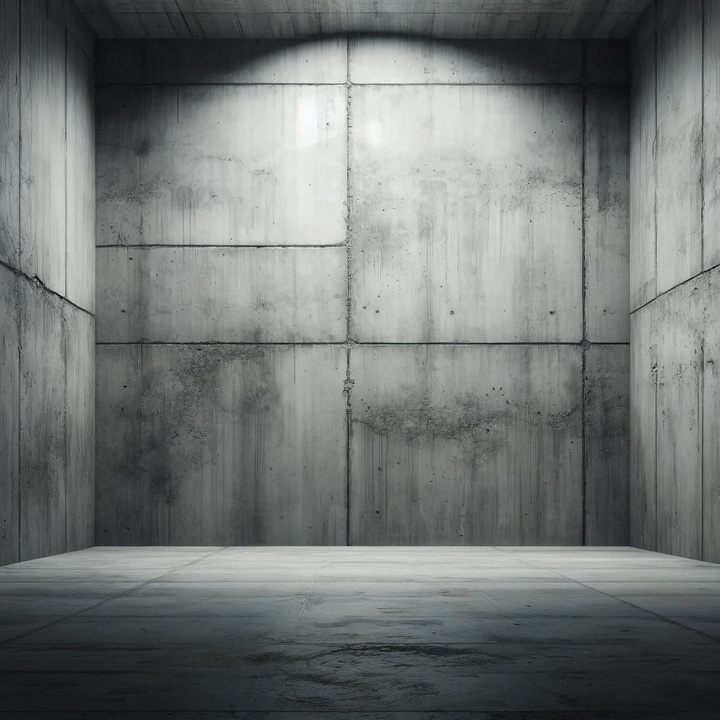
But don’t worry, you’re not alone on this voyage. Stay with me as we chart the best course through the world of basement waterproofing, ensuring your home remains dry, safe, and afloat.
Key Takeaways
- Basement waterproofing involves both interior and exterior techniques.
- Interior techniques include sealants, coatings, drainage systems, and sump pumps.
- Exterior waterproofing methods focus on applying coatings or membranes and proper drainage.
- Drainage systems are essential for preventing water damage, and mold growth, and preserving property value.
Understanding Basement Waterproofing
To fully grasp the concept of basement waterproofing, you need to delve into its basic principles, methodologies, and the variety of techniques available. Broadly speaking, basement waterproofing is a preventive measure. It’s designed to prevent water from seeping into your basement, which could lead to property damage, structural instability, and unhealthy living conditions due to mold and mildew.
Let’s talk about the principles first. It’s all about controlling water flow. You’re either blocking water from entering, or you’re directing it away from critical areas. Simple, isn’t it? But it’s the methodology and techniques where things get interesting.
There are two key methodologies, interior and exterior. Interior techniques manage water once it’s inside, while exterior methods prevent water from getting in the first place. Both have their place and choosing between them depends on your specific situation.
As for techniques, there’s no shortage of options. From sealants and coatings to drainage systems and sump pumps, the choice is vast. Each method has its pros and cons, and the best one for you will depend on factors like your basement type, soil conditions, and budget. Understanding these principles and techniques is the first step toward a dry, safe basement.
Interior Waterproofing Techniques
When it comes to interior waterproofing, you’ve got a plethora of techniques at your disposal that can effectively manage water after it has infiltrated your basement. These methods are primarily designed to control the water seepage, ensuring it doesn’t cause any structural damage or create a damp, moldy environment.
Here are four key techniques that you can consider:
- Sealants: These are typically applied to walls and floors, creating a water-resistant barrier. They can fill cracks and crevices, preventing further water infiltration.
- Waterproof coatings: These paint-like substances are applied directly to your basement walls. They create a waterproof barrier that stops water from seeping through your basement walls.
- Interior water drainage: This involves installing a system to collect water that enters your basement and redirects it away from your home.
- Sump pumps: These devices pump out water that collects in a sump basin, keeping your basement dry.
Exterior Waterproofing Methods
While interior methods play a crucial role in keeping your basement dry, don’t overlook the importance of exterior waterproofing techniques which serve as your home’s first line of defense against water intrusion.
Exterior waterproofing, also known as positive side waterproofing, mitigates water damage from the outside, preventing it from ever reaching your home’s interior. The process typically involves the application of a waterproof coating or membrane to the exterior wall’s surface, most often your foundation. This layer works as a barrier, repelling water and diverting it away from your home.
Another effective method you should consider is the installation of a drainage system around the perimeter of your house. This system collects water that accumulates near your foundation and directs it away, thus preventing it from seeping into your basement.
Lastly, consider grading the soil around your home to slope away from the foundation. This simple yet efficient measure encourages water to naturally flow away from your house, further reducing the risk of water intrusion.
Importance of Drainage Systems
Understanding the importance of drainage systems is crucial for effective basement waterproofing, as they provide a powerful tool in combating potential water damage. These systems act as the first line of defense against water infiltration, directing water away from your basement and preserving its structural integrity.
Further, a robust drainage system can bring with it several other benefits:
- Prevents mold and mildew growth: By controlling moisture levels, you’re reducing the chances of these health hazards taking root in your home.
- Protects your foundation: Over time, water can severely damage your foundation, leading to costly repairs. A good drainage system prevents this.
- Preserve your property value: A home with a well-maintained, effective drainage system retains its value better.
- Enhances comfort: No one likes a damp, musty basement. Proper drainage keeps your basement dry and comfortable.
You can’t overlook the importance of a well-functioning drainage system. It’s integral to your home’s overall health and ensures your basement remains a usable, valuable space. So, when planning any basement waterproofing project, always prioritize establishing an effective drainage system. It’s an investment in the longevity and value of your home.
Choosing the Right Waterproofing Material
Selecting the right waterproofing material is a crucial step in ensuring your basement stays dry and damage-free. You’ll want to consider the type of water problem you’re dealing with, the construction of your basement, and your budget when making your choice. Silicone-based sealants are a popular option due to their durability and flexibility. They’re great for sealing cracks and gaps, but they don’t necessarily stop water from penetrating the walls.
Concrete waterproof coatings, on the other hand, form a hard, waterproof barrier on your basement walls. They’re effective but can be expensive and require professional installation. Waterproofing paints and primers are an economical choice and can be applied by yourself. However, they may not withstand high levels of moisture over time.
Lastly, there’s the option of polymer-based products. These form a seamless, protective layer over your basement walls and are resistant to both water and mold. They’re a bit pricier but offer long-lasting protection.
Conclusion
In essence, your home’s foundation is a ship sailing in a sea of moisture. To stay afloat, you’ve got to master interior and exterior waterproofing techniques and prioritize a robust drainage system.
Your choice of waterproofing material isn’t trivial; it’s the compass guiding you toward a dry, haven. So, navigate wisely, and remember, the voyage to a moisture-free basement isn’t a sprint, it’s a marathon. Your diligence will ensure your home’s longevity and your peace of mind.

Jeff’s passion for basement waterproofing can be traced back to his early days at Everdry Waterproofing. He spent significant time working in every department not only to learn and improve but to help those who worked with him advance both personally and professionally.
Jeff has worked in the Waterproofing industry for 35 years, gaining experience in marketing, sales, service, and installations. As a seasoned basement waterproofing professional, he is passionate about advancing his knowledge in waterproofing and developing his team. In addition to basement waterproofing, he is also a board member for a non profit that educates and protects consumers against unethical business practices. Outside of the office, Jeff enjoys travel, music, and time with his wife of 36 years and his two sons.
Curious about the brains behind the great content here? It’s me, Jeff Schleuning, with 35+ years of expertise in the basement waterproofing industry and a rich history of owning a Basement Waterproofing franchise in Michigan.
My journey has equipped my team and I with invaluable insights, enabling to craft content that resonates with the audience using industry-leading online tools. Incorporating tools like SEMRush, Google Keyword Planner, AI technologies like ChatGPT, Claude-2, Google Bard, and Grammarly, we ensure the content is not just engaging but also strategically aligned with market trends.







